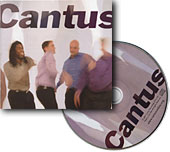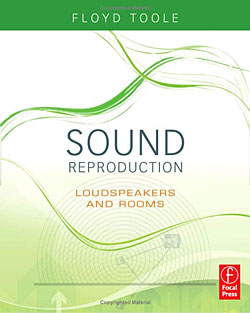It's a Vinyl World After All
It's a Vinyl World After All
- Read more about It's a Vinyl World After All
- Log in or register to post comments


So, MJ went to live in Kingdom Hall.
I will go out on a limb and predict drugs were involved, but to make it interesting, I'll try to predict which ones. We'll know in a month.
My guess:
Barbituates, which aren't exactly hip right now, but it's a Marilyn Monroe / Liz Taylor sort of drug, so Michael fits the profile.
To go with that, and I bet it would be under-reported....watch for Ambien to be mentioned. It is a kick-ass potentiator for other drugs.
OK, barbs and Ambien.

When listening to my ripped copy of superunknown, I began to hear a fuzzy noise at some of the high points in the 12th song on the album. I don't recall this on any other songs, so I want to make sure it is something from the files (only 256 from pre-phile days) and not the speakers malfunctioning.